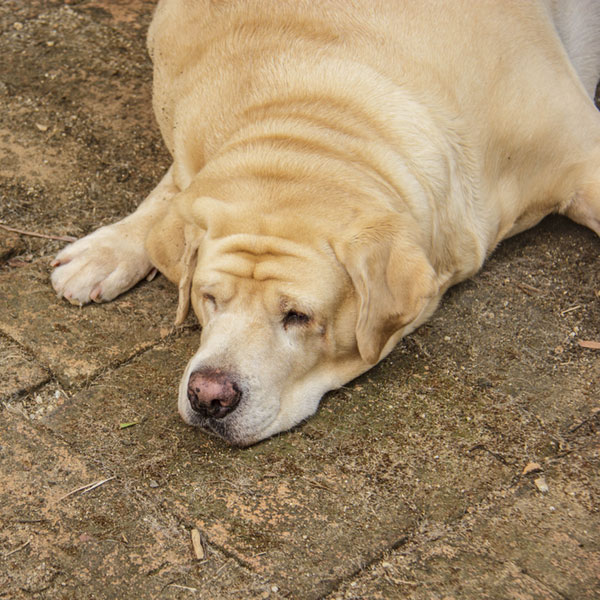

Older sedentary dogs in contrast need only approximately 0.8 times their MER to maintain weight. Your dog’s life stage and activity levels need to be factored in as well, puppies, working dogs and pregnant dogs need 2x or more their MER. Another thing to keep in mind is that the MER formula is a conservative formula that tends to overestimate a dog’s actual caloric need to maintain a certain weight. Keep in mind that the MER is simply an estimate because each dog has their own unique metabolism. So using the MER formula, an average 30 pound adult dog would require approximately 937 kcal per day to maintain their body weight. MER(kcal)= 132 x (body weight in kilograms) 0.75 A useful formula to estimate the necessary caloric intake to maintain weight is the metabolic energy requirement (MER). This is the level of caloric intake that will not cause your dog to gain or lose weight. The first step towards helping your dog reach their ideal weight is to know what the ideal energy intake needed to achieve maintenance. Armed with the knowledge of your dog’s BCS you have a better idea of what his ideal weight should be and what steps you can take to help your dog achieve a healthier weight. Get into a habit of asking “What’s my dog’s BCS?” whenever you go in to see your vet. Studies have shown that people tend to underestimate their dog’s BCS so your veterinarian is the best source for a reliable BCS.

When dogs are obese the waist disappears and is either flat or rounded out. When a dog is at their ideal weight one can feel the ribs along the side of the chest easily since there is no excessive fat covering them and when looking down from above at the dog’s back one can observe a slight hourglass shaped waist after the ribs. You can get an idea of your dog’s BCS by feeling his ribs and looking down to visually assess his waist or lack of. The most common BCS system is a nine point system where 4/9 to 5/9 are normal, 6/9 to 7/9 are overweight and 8/9 to 9/9 is obese with the dog weighing more than 30% over the ideal weight.
#DOG OBESE HOW TO#
How to Assess Your Dog’s Ideal WeightīCS stands for Body Condition Score and is a simple non-invasive way of assessing your dog’s weight and should be part of your dog’s regular physical. These dog health conditions associated with dog obesity negatively impact the quality of life and longevity for our overweight canine companions and dramatically increase the cost of their veterinary care. Just as in people, obesity in dogs is associated with various health problems such as diabetes, hypothyroidism, osteoarthritis, cardiopulmonary disease, hypertension and various types of neoplasia such as mammary cancer and transitional cell carcinoma of the bladder.


Veterinarians are noticing a corresponding increase in the prevalence of dog obesity. The Dog Obesity IssueĪccording to the CDC approximately one-third of adults in the United States are obese and the trend towards obesity appears to be worsening. In this article we’ll discuss the ideal weight for your dog, how to prevent dog obesity through diet and exercise, and what to do if all else fails.


 0 kommentar(er)
0 kommentar(er)
